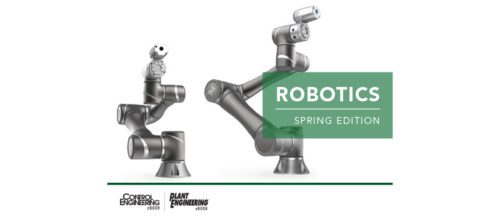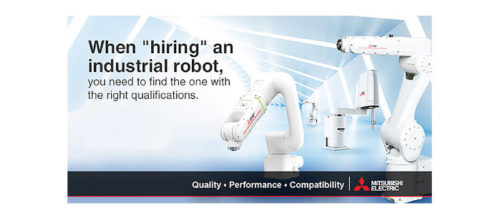Benefits of robotic grinding and finishing
Robotic grinding and finishing is an essential part of manufacturing processes as manufacturers constantly pursue greater productivity and part quality.
Robotic grinding and robotic material removal processes have been adopted by manufacturers around the world because of the many productivity benefits they provide. When compared to manual processes, robotic grinding offers a more versatile and streamlined way to improve operations.
From iron castings to diesel engine blocks, robotic grinding and finishing is an essential part of manufacturing processes for a wide range of parts as manufacturers constantly pursue higher levels of productivity and part quality.
One of the main challenges manufacturers face in manual grinding and finishing processes is a lack of consistency in part quality. In the end, manual workers may be able to produce a part with the same quality as a robot, but the possibility of human error leaves room for inconsistencies that can directly detract from a manufacturer’s bottom line.
The other primary obstacle in manual processes is achieving fast, consistent throughput levels. Manual processes can be slow and unpredictable in comparison to what’s possible with automation, which not only lowers throughput but creates variations in throughput based on how long a worker must spend on each part.
There are many benefits that come with robotic automation of grinding and finishing. Robots are inherently repeatable, which addresses inconsistencies in throughput and part quality. Further, robots can work much longer hours without breaks, contributing to higher overall throughput levels.
In addition to higher, more consistent throughput and better part quality, robotic grinding and finishing creates short-term return on investment (ROI) and long-term reductions in operating costs. These results compound over time, as automating one process opens the door for further automation of other processes.
The benefits of robotic grinding and finishing are clear. Essentially, robotic automation of grinding and finishing allows manufacturers to produce more parts with a higher quality at a lower cost.
When compared to manual processes, robotic automation offers many well-defined benefits for manufacturers that need to improve robotic grinding and finishing processes.
This article originally appeared on the Robotics Online Blog. Robotic Industries Association (RIA) is a part of the Association for Advancing Automation (A3), a CFE Media content partner. Edited by Chris Vavra, production editor, Control Engineering, CFE Media, cvavra@cfemedia.com.
Original content can be found at www.robotics.org.
Do you have experience and expertise with the topics mentioned in this content? You should consider contributing to our CFE Media editorial team and getting the recognition you and your company deserve. Click here to start this process.



